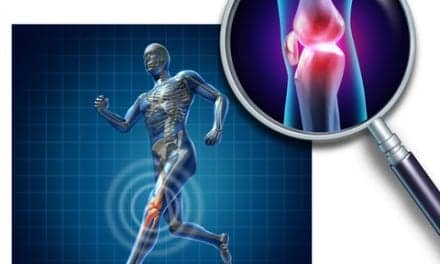A new study about pain from the University College London determines that how our ability to identify where it hurts, known as spatial acuity, varies across the body and is the most sensitive at the forehead and fingertips. Researchers used lasers to cause pain to 26 healthy volunteers without any touch and produced the first systematic map of how acuity for pain is distributed across the body, according to a University College London news release. The study was published in the journal Annals of Neurology and was funded by the Wellcome Trust.
Volunteers for the study were blindfolded and had specially calibrated pairs of lasers targeted at various parts of the body. Only one or two lasers were activated at a time, and participants were asked whether they felt one sting or two at varying distances between the two beams. The research team recorded the minimum distance between the beams at which people were able to accurately say whether it was one sting or two.
The results of the study reveal that with the exception of the hairless skin on the hands, spatial acuity improves toward the center of the body while the acuity for touch is best at the extremities. This spatial pattern was highly consistent across all participants. The experiment was also conducted on a patient lacking a sense of touch but who typically feels pain.
The results for this patient were consistent with those for the healthy volunteers, proving that acuity for pain does not require a functioning sense of touch, as indicated on a news report from Science Daily. The fingertips remain highly sensitive despite having a low density of pain-sensing nerve cells.
Giandomenico Iannetti, MD, PhD, senior author of the study, says, “Acuity for touch and pain are actually very similar. The main difference is in their gradients across the body. For example, pain acuity across the arm is much higher at the shoulder than at the wrist, whereas the opposite is true for touch.”
The findings of the study may have important implications for the assessment of both chronic and acute pain. Roman Cregg, FRCA, PhD, states, “This method offers an exciting, non-invasive way to test the state of pain networks across the body. The laser method may enable us to monitor nerve damage across the body, offering a quantitative way to see if a condition is getting better or worse.”
Photo Appears Courtesy of University College London
[Sources: University College London, Science Daily]





